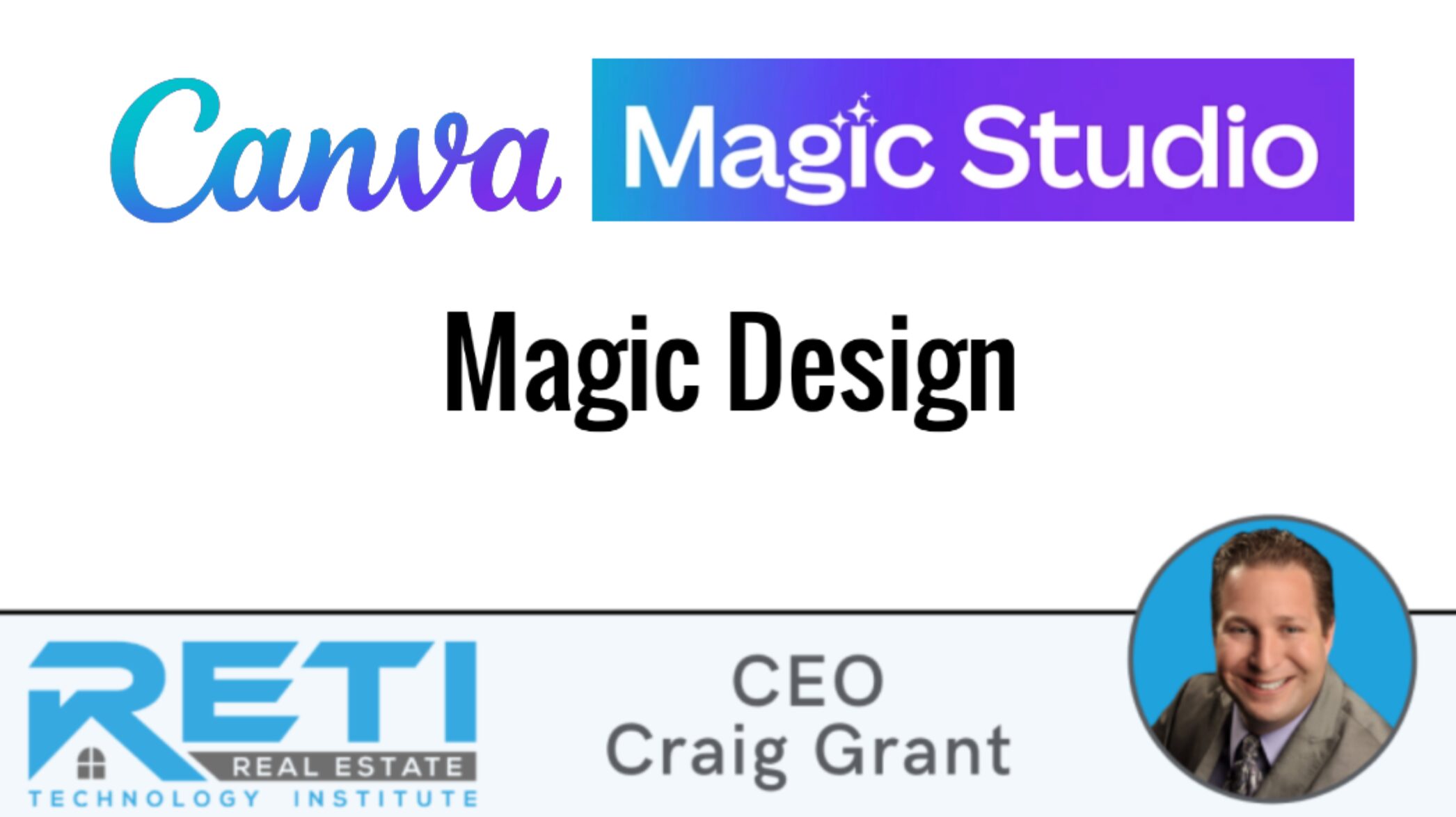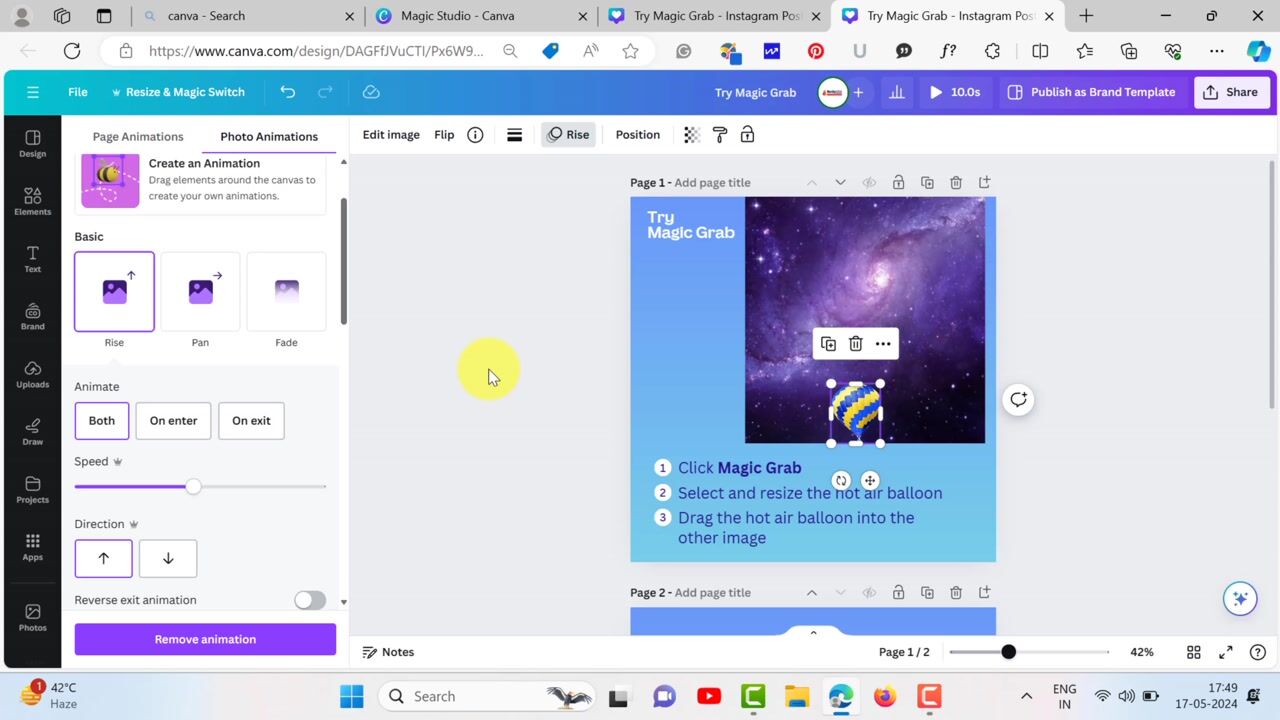
Canva Pro with Magic Studio: Complete Buyer's Guide
The accessible AI design platform that scales brand-consistent content production across distributed teams without requiring technical expertise.
Canva Pro with Magic Studio represents the democratization of AI-powered design tools, targeting SMBs and distributed teams through accessible automation rather than advanced creative control. The platform positions itself as a mid-market alternative to enterprise solutions like Adobe Creative Cloud, emphasizing deployment speed and reduced learning curves over technical sophistication[38][40][41].
Market Position & Maturity
Market Standing
Canva competes primarily against Adobe Creative Cloud in the mid-market segment, capturing SMB adoption through simplified interfaces and integrated AI features requiring minimal technical training[42].
Company Maturity
The vendor demonstrates operational stability through documented customer success cases and established pricing models, though pricing inconsistencies across sources require careful verification during procurement[53][54].
Growth Trajectory
Market dynamics favor Canva's positioning as 72% of CIOs cite app sprawl as a critical pain point driving unified design tool adoption[26][29].
Industry Recognition
Customer feedback reveals context-dependent satisfaction patterns with G2 ratings at 4.7/5 contrasting with Trustpilot ratings at 2.5/5, likely reflecting different measurement contexts between functionality assessment and customer service experiences[56][57].
Strategic Partnerships
The platform operates within Canva's broader ecosystem rather than extensive third-party partnerships, focusing on integrated functionality over complex alliance networks.
Longevity Assessment
Canva demonstrates sustainable market positioning through clear differentiation in the accessibility segment, though organizations must consider vendor lock-in scenarios carrying 23% higher switching costs than traditional tools[6][14][17].
Proof of Capabilities
Customer Evidence
Flagship Facility Services achieved 50% reduction in report editing time and saved 520+ hours annually using Canva's Magic Switch and Resize features, demonstrating measurable efficiency gains for template-based workflows[50].
Quantified Outcomes
Organizations processing 500+ layouts monthly show 3.2× faster ROI compared to low-volume users, with template-heavy operations achieving 14-month payback periods versus 28-month averages for custom design environments[3][5][8][11].
Market Validation
Customer satisfaction data reveals context-dependent performance with G2 ratings at 4.7/5 contrasting with Trustpilot ratings at 2.5/5[56][57].
Reference Customers
Documented implementations span facility services, distributed teams requiring brand consistency, and organizations managing high-volume template-based content production.
AI Technology
The platform utilizes template-based machine learning algorithms optimized for standardized design tasks rather than generative creative capabilities. Magic Resize demonstrates the strongest technical performance, with established adoption patterns among users handling cross-platform content distribution[49][52].
Architecture
Canva operates on a cloud-native SaaS architecture with integrated AI features requiring minimal technical setup. The platform trades advanced creative control for deployment simplicity—a conscious strategic choice that reduces implementation barriers but creates capability limitations.
Primary Competitors
Adobe Creative Cloud with Sensei integration
Competitive Advantages
Canva's primary differentiation lies in accessibility and deployment speed rather than technical sophistication. The platform requires minimal technical training compared to enterprise alternatives, serving organizations prioritizing quick adoption over advanced creative control.
Market Positioning
Canva occupies the democratization segment rather than competing directly with professional creative tools.
Win/Loss Scenarios
Canva wins against alternatives when organizations prioritize accessibility, quick deployment, and budget constraints over advanced creative capabilities. The platform loses to Adobe in scenarios requiring sophisticated design control, complex integrations, or professional-grade creative workflows.
Key Features

Pros & Cons
Use Cases
Pricing
Featured In Articles
Comprehensive analysis of AI Print Layout Tools for AI Design for AI Design professionals. Expert evaluation of features, pricing, and implementation.
How We Researched This Guide
About This Guide: This comprehensive analysis is based on extensive competitive intelligence and real-world implementation data from leading AI vendors. StayModern updates this guide quarterly to reflect market developments and vendor performance changes.
57+ verified sources per analysis including official documentation, customer reviews, analyst reports, and industry publications.
- • Vendor documentation & whitepapers
- • Customer testimonials & case studies
- • Third-party analyst assessments
- • Industry benchmarking reports
Standardized assessment framework across 8 key dimensions for objective comparison.
- • Technology capabilities & architecture
- • Market position & customer evidence
- • Implementation experience & support
- • Pricing value & competitive position
Research is refreshed every 90 days to capture market changes and new vendor capabilities.
- • New product releases & features
- • Market positioning changes
- • Customer feedback integration
- • Competitive landscape shifts
Every claim is source-linked with direct citations to original materials for verification.
- • Clickable citation links
- • Original source attribution
- • Date stamps for currency
- • Quality score validation
Analysis follows systematic research protocols with consistent evaluation frameworks.
- • Standardized assessment criteria
- • Multi-source verification process
- • Consistent evaluation methodology
- • Quality assurance protocols
Buyer-focused analysis with transparent methodology and factual accuracy commitment.
- • Objective comparative analysis
- • Transparent research methodology
- • Factual accuracy commitment
- • Continuous quality improvement
Quality Commitment: If you find any inaccuracies in our analysis on this page, please contact us at research@staymodern.ai. We're committed to maintaining the highest standards of research integrity and will investigate and correct any issues promptly.